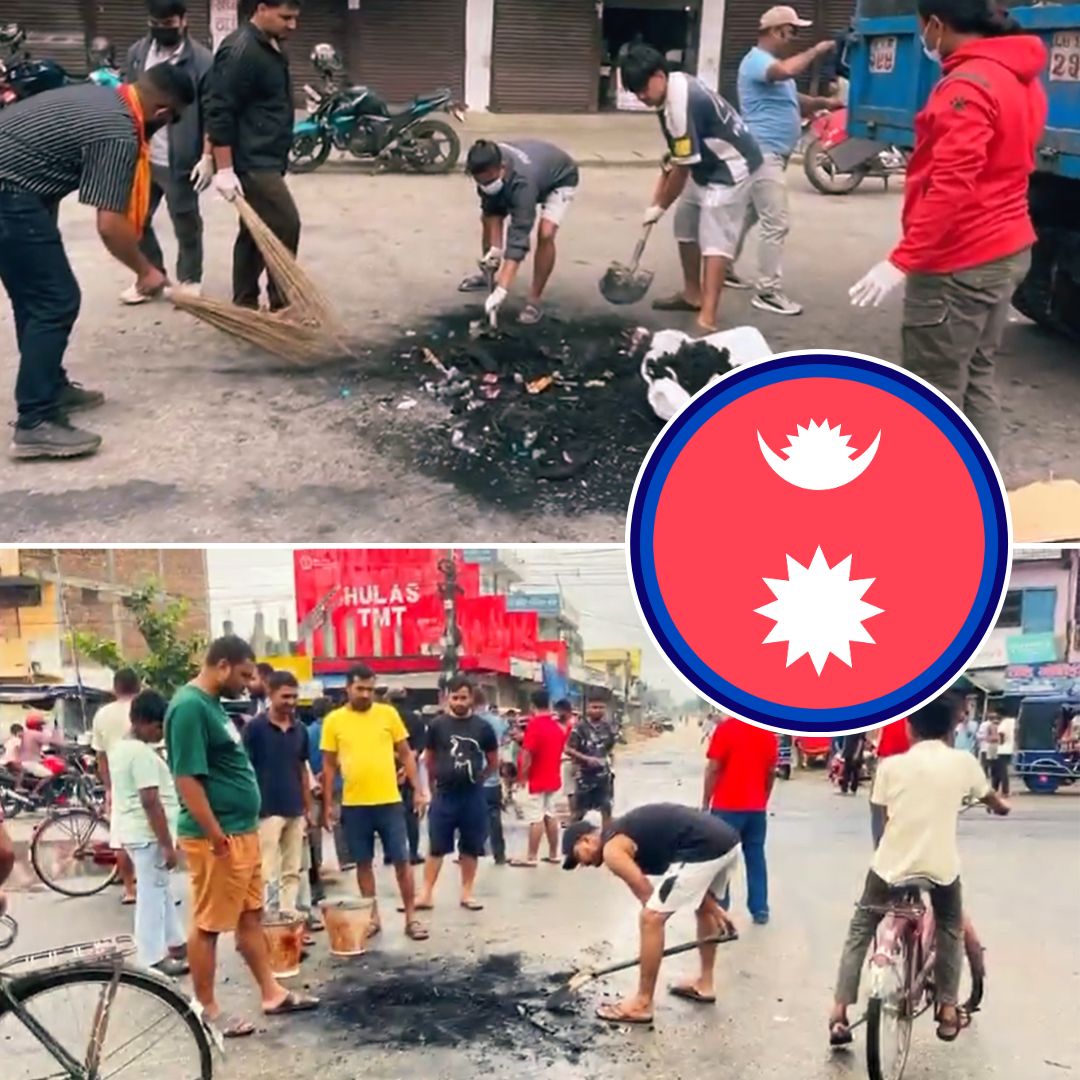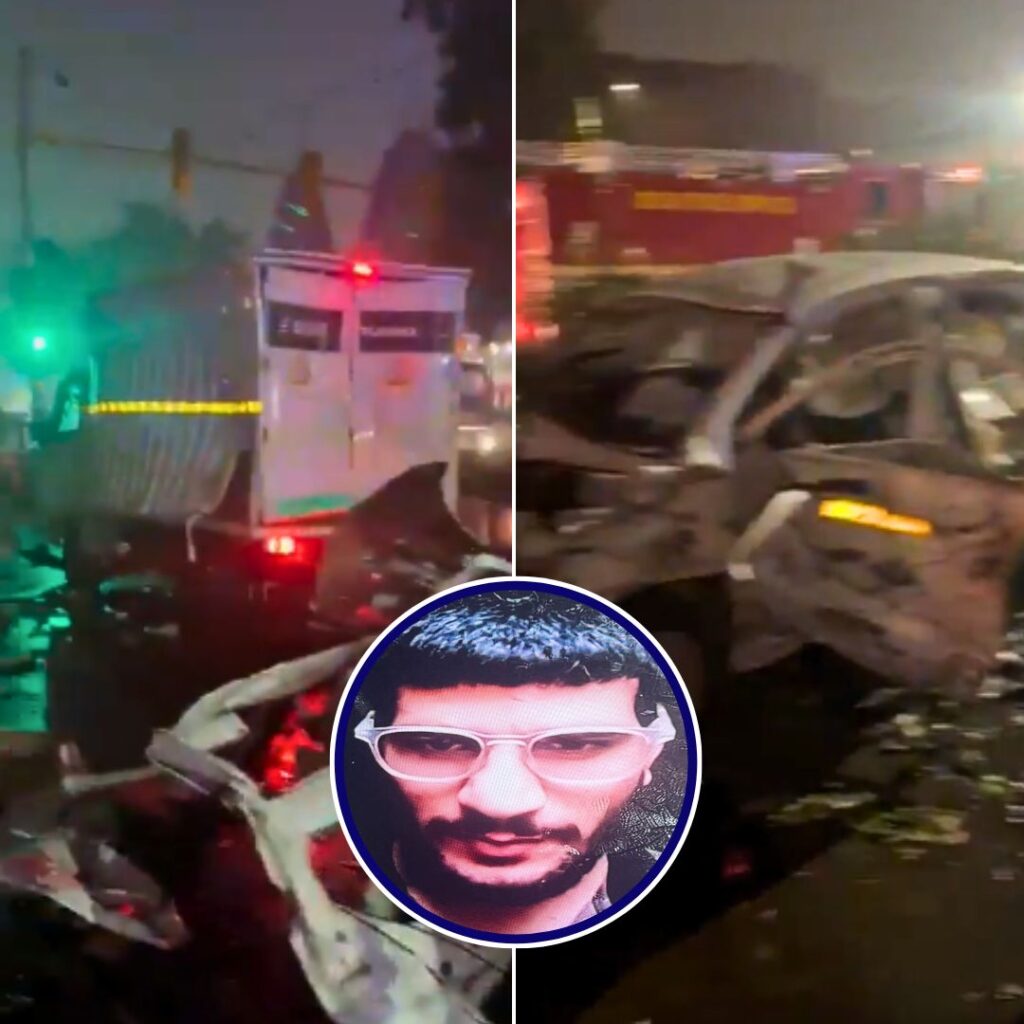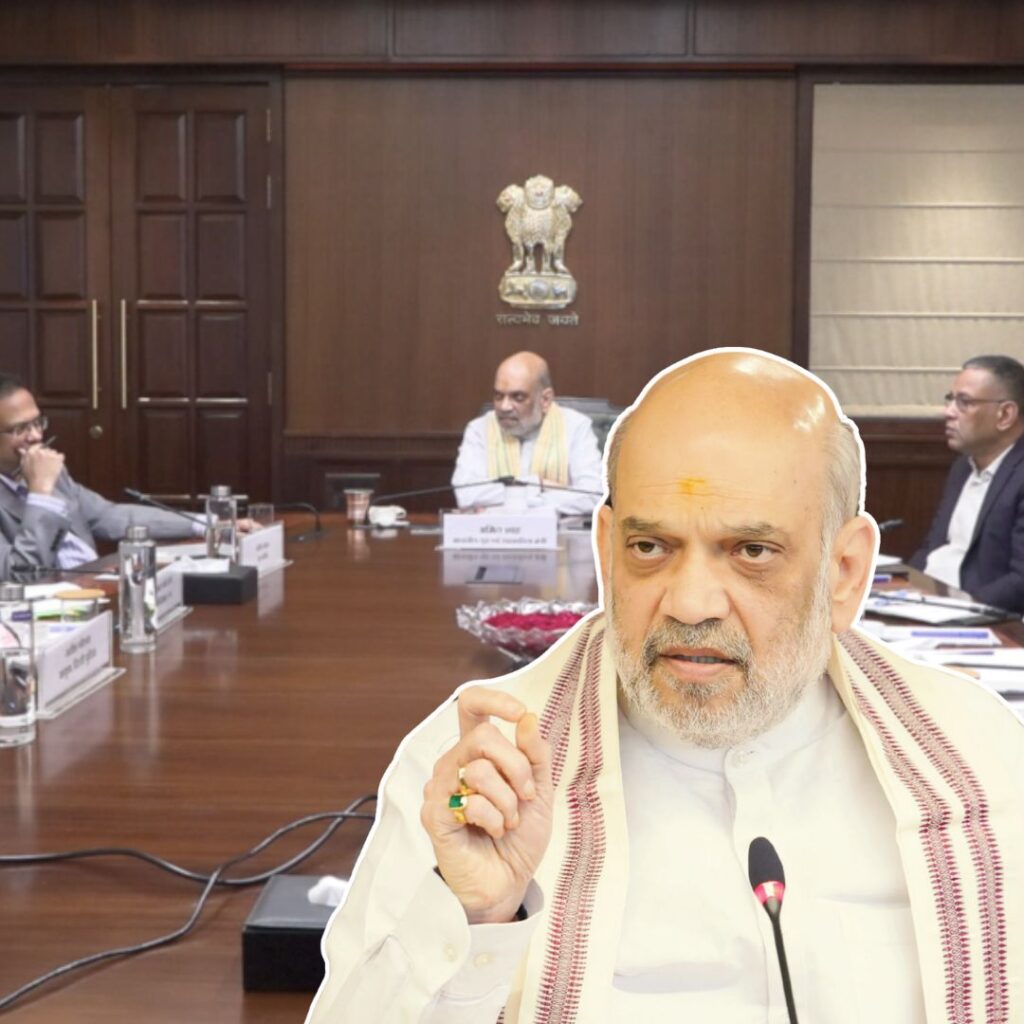In Kathmandu on Wednesday, an inspiring scene unfolded in the aftermath of unprecedented violence, Nepalese youth, armed with brooms, shovels, and sheer determination, began scrubbing the streets and grounds outside the charred Parliament building. Their collective action was not the result of a government directive but a spontaneous movement catalysed by community leaders and students eager to restore civic pride amidst chaos.
In the heart of Kathmandu, Nepal’s Parliament building became the epicentre of violent unrest this September, triggered by Gen Z-led protests against alleged government corruption and a controversial ban on popular social media platforms such as WhatsApp, Instagram, and X. Following the resignation of Prime Minister KP Sharma Oli and widespread damage, it was Nepal’s youth who stepped forward, transforming scenes of conflict into symbols of hope and resilience.
Hordes of volunteers, mainly student protestors, mobilised on September 10 to clear shattered glass, burnt office furniture, and debris from the Parliament precinct and adjoining roads. Their efforts marked a dramatic shift from confrontation to civic action, signalling a deep commitment to public welfare amid national uncertainty.
The Heart of the Cleanliness Drive
Eyewitnesses and local media reported hundreds of young volunteers gathering early Wednesday morning to sweep pavements and pack waste into trash bags. Teams, often organised via hastily reactivated online groups and community networks, included neighbourhood residents and activists motivated by the desire to restore normalcy.
In one of the videos, one local, Govind, shared, “We are here for the cleanliness drive which is going on all over the streets in Kathmandu city, where protests took place yesterday and the day before”. Security forces, including army troops, maintained a heavy presence, but instead of confrontation, they mostly monitored and sometimes assisted in the restoration work.
The Government’s security chief noted major fire damage at the site, lauding youth participation as “inspiring” and pivotal in healing a wounded nation.
Roots of Unrest: Frustration and Political Crisis
The Gen Z protests erupted from a deep-simmering anger over political corruption and generational inequality. Thousands demonstrated online under hashtags such as #PoliticiansNepoBabyNepal, exposing the privileged lifestyle of political families while ordinary youth struggled with joblessness and migration.
The government’s abrupt move to block social media sites, ostensibly for failing to register, was seen as an attack on free speech and sparked outrage, culminating in the storming of Parliament and the tragic deaths of protestors, official figures now cite 19 to 30 fatalities and hundreds injured.
The unrest left the city battered, with fires and violence upending daily life. In response, the President called for dialogue and cooperation, inviting youth leaders for constructive talks.
The Logical Indian Perspective
Despite the pain and trauma, Nepal’s clean-up campaign represents a powerful shift toward reconciliation and community activism.
The Logical Indian lauds this spirit of dialogue and empathy, reminding societies everywhere that transformation comes from channeling frustration into action, not violence. While fresh elections and new leadership are still in question, Nepal’s young changemakers have shown the importance of values-led citizenship.
A day after massive protests, GenZ now engaged in cleaning up Kathmandu pic.twitter.com/tiSGYRBfwC
— Sidhant Sibal (@sidhant) September 10, 2025












